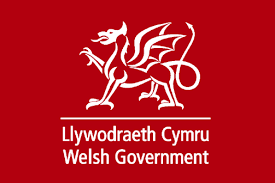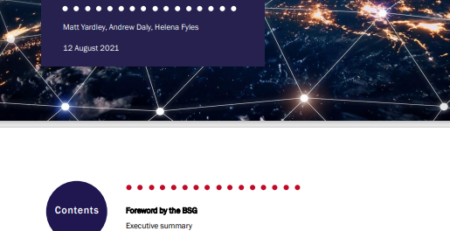DCMS Committee publishes 4th report on Broadband and the road to 5G
Evidence to the inquiry found little confidence that nationwide gigabit-capable broadband by 2025 could be delivered, and MPs raised concerns that only 25% of the Government’s £5 billion to support roll-out to the hardest-to-reach premises will be made available during the period. The 4th report by the DCMS Select Committee says it would not be acceptable for Government to fail to meet the less ambitious target through lack of effective planning or inadequate investment. The report also finds the target for majority 5G coverage by 2027 ambitious given the ruling to ban the use of equipment by high-risk vendors.
The committee’s recommendations to Government include the following:
- Outline how it settled on the new gigabit-capable broadband target of 85% coverage by 2025.
- Provide a full assessment of how likely it considers it to be met, the detail of how it plans to deliver it, and the target date by which it expects the remaining 15% of premises to be served with gigabit-capable broadband.
- Outline how the remaining £3.8 billion has been ringfenced and when it expects to be made available for delivering gigabit-capable broadband to the hardest-to-reach properties.
- Outline what the Spending Review and 85% targets mean for its ‘outside-in’ ambition and its strategy for delivering to semi-urban areas unlikely to benefit from commercial roll-out (and recommends it continues to prioritise those with worst connectivity).
- Retain the expertise gained through the superfast programme and ensure local authorities are resourced sufficiently to support the roll-out of gigabit-capable connectivity at pace.
- Reform the wayleaves regime for telecoms infrastructure in the next Parliamentary session to address unresponsive/uncooperative landlords in urban and rural settings, including third-party land.
- Outline what technology-neutrality will mean in the gigabit programme and how it will be delivered.
- Introduce time-limited visa solutions that enable engineers from the EU to address the industry’s labour needs until these can be met by the UK workforce.
- Complete a formal review of progress towards its targets for gigabit-capable broadband and 5G by the end of 2022 and report back on progress.
The report also states that the regulatory framework in the Wholesale Fixed Telecoms Market Review has the potential to undermine the Government’s £5 billion subsidy for hard-to-reach areas, and does not accurately reflect the competitive landscape for fixed telecoms. The committee expects Ofcom to address these issues in its final statement on the Wholesale Fixed Telecoms Market Review 2021–26 and write to the committee directly.
In BSG’s response to the inquiry in April, we stated that the target is highly ambitious but achievable and will be contingent upon industry, Government and the regulator working together with the right policies and regulatory framework in place to encourage investment and innovation. The architecture of the ‘outside-in’ procurement programme will be the determinant of whether the public funding intervention accelerates or hinders deployment. BSG called for an action plan and a clear set of criteria on how the £5bn will be allocated.
BSG’s report by WIK-Consult analyses the experiences of fibre adoption in different European countries. BSG has also worked closely with industry, Government and the LGA over several years on how best to remove barriers to digital network deployment and to foster collaboration. A practical guide is available, based on a more detailed report by Oxera, to help local authorities understand the localised economic benefits of full-fibre and 5G.





